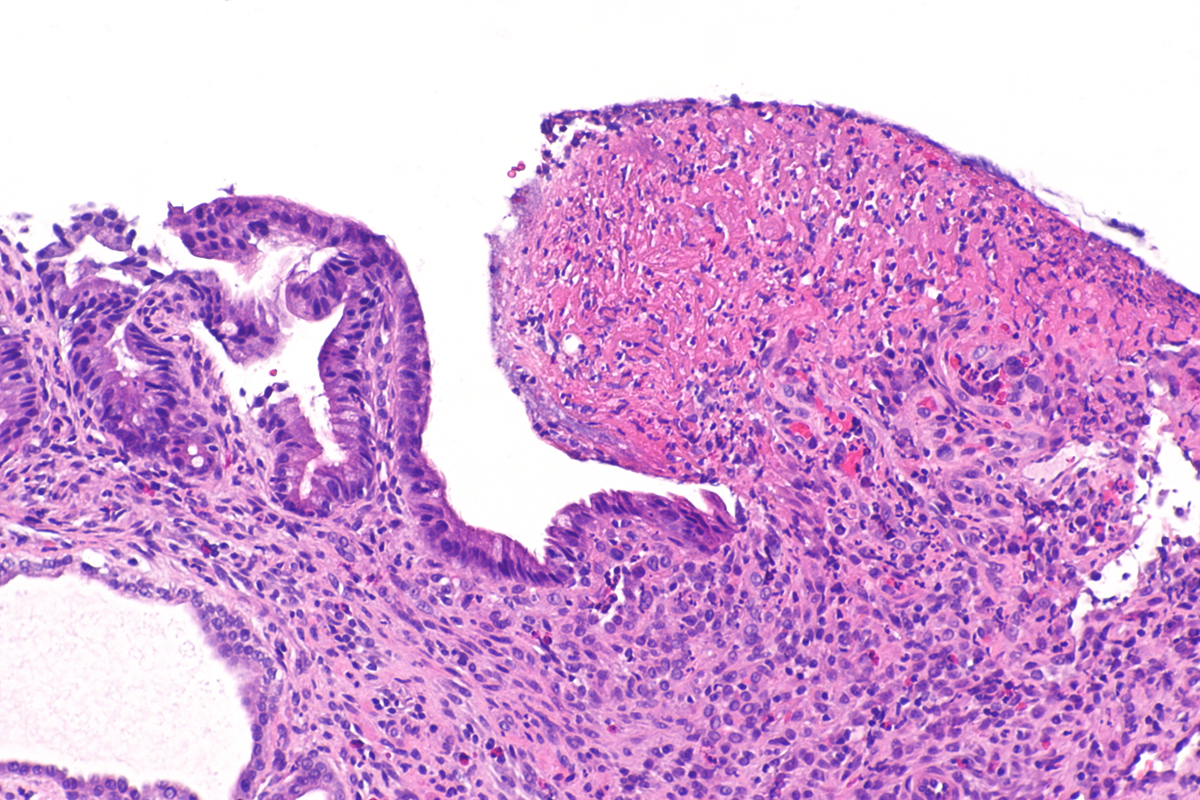
Stomach Ulcer-Overview
Also know as peptic ulcer, this is a disease that is characterized by opensores that develop on the inside lining of the stomach, upper small intestineor the esophagus. The most common type,duodenal, occurs in the first 12 inches of the small intestine beyond thestomach. Ulcers that form in the stomach are called gastric ulcers.
Ulcers canoccur at any age, although they are rare in children and teenagers.Peptic ulcers are a very common condition throughout the world.The mortality rate from this condition decreased significantly during the lastdecades of the 20th century, mostly due to the development of neweffective medication and acid suppressants and the discovery of the cause ofthe condition, the bacterium Heliobacter pylori.
Causes ofPeptic Ulcers
When a person eats, the stomach produces hydrochloric acid and an enzyme calledpepsin to digest the food. Peptic ulcers occur when the acid and enzymeovercome the defense mechanisms of the gastrointestinal tract and cause an erosion in thestomach wall. This is caused by a bacterium called Heliobacterpylori. H. pylori exists within the mucous layer that coversand protects tissues that line the stomach and small intestine. Often, itcauses no problems. But sometimes it can disrupt the mucous layer and inflamethe lining of the stomach or duodenum, thus leading to an ulcer.
There are certain risk factors that increase one’s chances of getting an ulcer(and also slow down the healing process of existing ulcers). These are:smoking, excessive drinking, stress, caffeine, Aspirin, and non-steroidalanti-inflammatory drugs, etc.
Symptoms of Stomach Ulcer
The most common symptoms of peptic ulcer are: burning pain (that may be feltanywhere from the navel to the breastbone, flare at night and last for minutesor several hours), weight loss, vomiting, blood in the stool, loss of appetite, and bitter taste in the mouth, etc.
As soon as a person has felt these symptoms, it is important that they consulta physician immediately. Lack of treatment may cause other severe problems, andmay lead to death.
Diagnosis
When consulting a doctor, he will probably conduct certain tests to make surethat the symptoms are, in fact, caused by an ulcer. There are a few ways ofdiagnosing this condition:
Endoscopy. In this procedure, a long, narrow tube with an attached camera isthreaded down one’s throat and esophagus into the stomach and duodenum. Withthis instrument, the doctor can view the upper digestive tract and identify anulcer. Also, during the procedure, a sample of the stomachlining is collected for further laboratory testing. Stool antigen test. Thistest checks for H. pylori in stool samples.Barium Enema Procedure. In this method, barium is injected in thestomach and duodenum segments, after which imaging is done. In this way thedoctors can observe the size and severity of the ulcer.Bloodtest. This test checks for thepresence of H. pylori antibodies. Helicobacter pylori Test. A sample of the stomach’s lining isviewed under a microscope to detect the presence of the H. pylori bacterium.

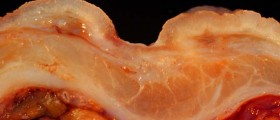

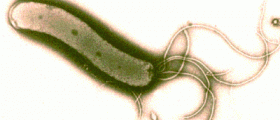

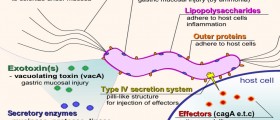

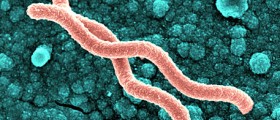








Your thoughts on this
Loading...